Life with a Three-month-old baby is all about getting into the swing of things as a parent by creating routines and getting to know your child. There is still some uncharted area, but you may be feeling more confident in your abilities as a parent and eager about what each day brings. Here, we’ll highlight some of the developmental milestones to look forward to, address some often asked questions about life at this point, and reassure you that, despite your lack of sleep, you’re doing well!
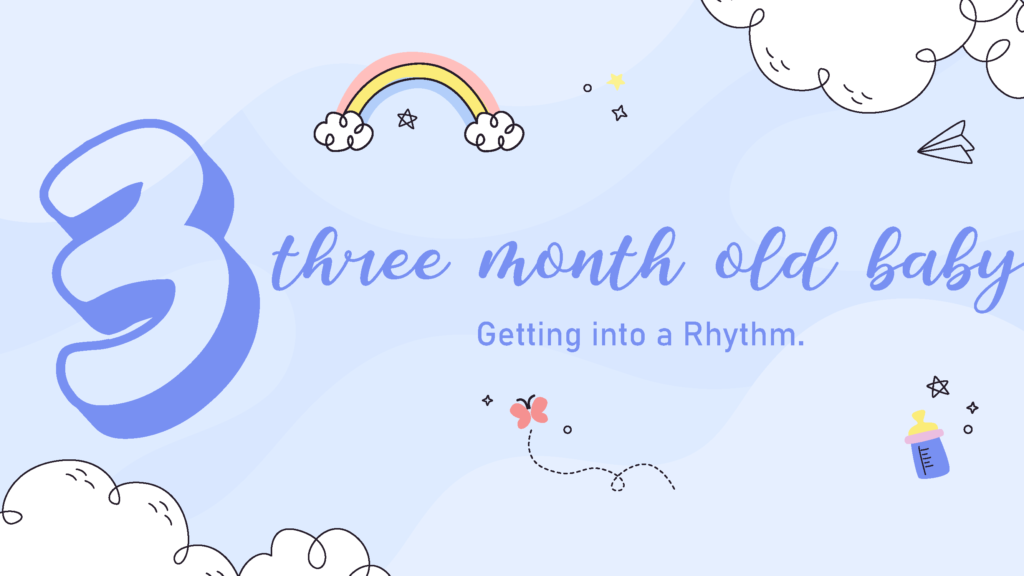
Three-Month-Old Baby Development Milestones
This month is full of changes as your baby grows and becomes more aware of her physical self and the world around her. Here’s a peek at some of the changes you could be noticing.
Physical Development and Growth: Getting Stronger by the Day
Because of her growing bones and muscles, your baby can now stretch herself out and show you how long she is. She’s probably growing 1 to 112 inches every month and gaining 112 to 2 pounds on average, though every baby is different. Your 3-month-old baby is gradually acquiring control of her body and movements.
Many of her movements as a newborn were involuntary reflexes, but she may be becoming more intentional when she moves her head, hands, and feet, for example. With her neck strength improving, she’ll soon be able to keep her head up on her own and look at people and objects in her field of vision.. At the same time, as your baby’s vision develops, you may observe her reaching for close objects or following moving objects with her eyes.
Senses: Building Blocks of Communication
There’s a lot to learn, and your 3-month-old kid is slowly absorbing it all. Her vision is improving, and she is becoming more sensitive to circular forms and patterns such as spirals and curls. Faces, particularly yours, are among her favourite things to see.
Your kid has already learnt to equate your voice with comfort, soothing, and love when it comes to hearing and speech. She’s probably starting to notice your tone and emphasis on specific words, and she’ll try to duplicate those sounds. At three months old, she is learning that discussions are two-way and is picking up on other communication concepts. Take note of her happy reaction to her babbles, as well as her personal delight in your singing or reading to her.
Movement: A Full-Body Workout
Most babies’ movements become more intentional around this age, and you’ll probably notice some exciting advances in your baby’s motor abilities. Stretching her body helps to strengthen her leg muscles, which is all she needs to be able to roll over. Rolling over won’t happen for another two or three months, but she’s preparing!
Have you tried putting your baby on her feet and supporting her with her arms? She can bend and straighten her legs on her own, which is excellent preparation for standing. Allow her to bounce herself in this posture to watch how delighted she is with her new talent.
You may promote her movement by giving her daily tummy time, handing her toys, and allowing her to hold objects hanging from an infant gym or playpen. These activities can help your 3-month-old infant develop motor skills, hand-eye coordination, and other vital skills.
This month, it’s not just your baby’s legs that get a workout. Your three-month-old infant can now open and close her hands to grab objects such as toys or your fingers. She’s probably gained slightly greater control of her arms by now, so she can try to reach for objects and bat at something that catches her interest. She’s definitely gotten better at bringing her hands to her mouth, so it’s time to be extra cautious about what she can get her hands on.
Personality: Your Baby’s First “Conversations”
One of the many joys of parenthood is witnessing a baby’s personality blossom. Have you noticed that she is smiling and responding to your voice more? That’s fantastic! She most certainly enjoys playing with you and other people, and she can now communicate her excitement with her face and entire body. She may even begin to mimic your emotions and facial expressions. If this hasn’t happened yet, or if you’re wondering what to expect from a 3-month-old baby, don’t worry: every baby develops in its own unique way and on its own schedule.
Your child may be having “conversations” with you now, though these are largely back-and-forth exchanges of sounds, smiles, and gestures. These tiny “conversations” you have with your baby are not only entertaining, but they also strengthen her trust in you and boost her self-esteem. If you have other children, you may notice that your infant is becoming more interested in them. Babies at this age frequently have favourite persons and are very curious about other infants.
Babies communicate their wants in a variety of ways, and as a parent, you’ll get familiar with your own baby’s subtle (and not-so-subtle) indications that she requires something. Her communication style is an important aspect of her personality and disposition. You’ll learn to recognize her urgent demands, for example, by the way, she screams or by her body language, and you’ll learn to identify these cries and gestures from one another. Your baby’s hunger cries will most likely sound and appear different from her painful cries. Similarly, you’ll learn when she’s just fussing and when a change of activity or a favourite toy will help her relax.
A Day in the Life of Your Baby
Every baby is different, but here’s a glimpse of what a typical day could look like with your baby.

How to Support Your Baby’s Development
Your paediatrician will discuss many methods you can support your baby’s development. Many of the activities described here will encourage movement and help your baby acquire the skills she will need to roll, sit, and keep her head up, while others will enhance cognitive and sensory development. Here are some guidelines to remember, as well as some 3-month-old infant activities to try:
- Muscles in the back and neck should be strengthened. Place your baby on her stomach on a play mat or blanket with you nearby for short lengths of tummy time to help her establish control of her legs, arms, and head.
- Encourage hand-eye coordination. Encourage your baby to grab little objects such as toys or your fingers. She’ll need this skill as she learns to successfully bring her hands to her mouth.
- Assist with visual development. During this month, her distance vision, colour vision, and tracking skills are all increasing. Toys, books, colourful mobiles, play mats, and other activities can help her along by offering stimulating colours, patterns, and textures for her to appreciate.
This page is based on professional advice from reputable medical and government organizations, such as the American Academy of Pediatrics and the American College of Obstetricians and Gynecologists. This page’s material should not be used in place of professional medical advice. For a complete diagnosis and treatment, always seek the advice of a medical expert.


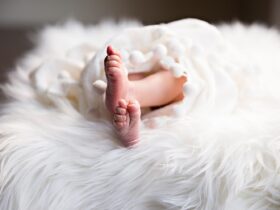

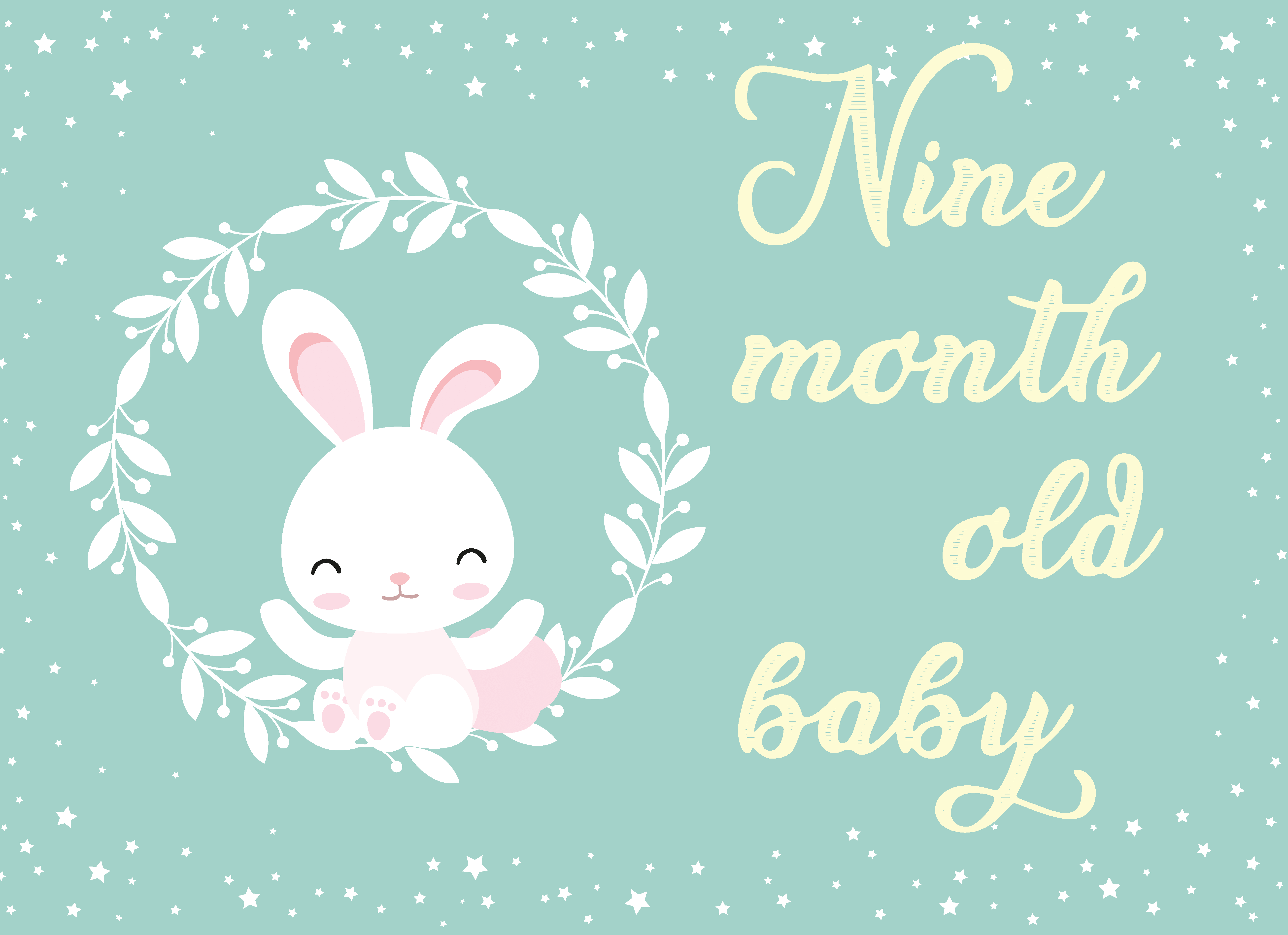


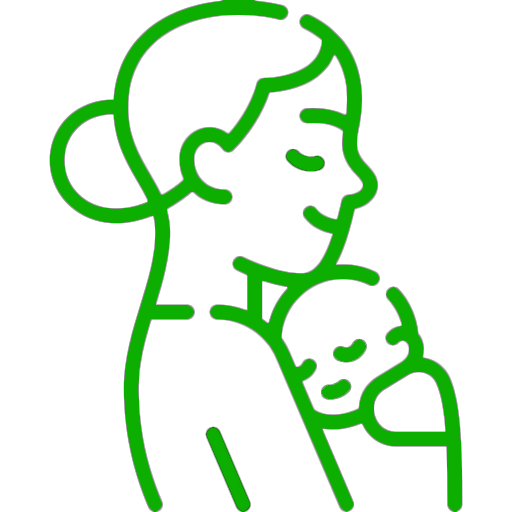
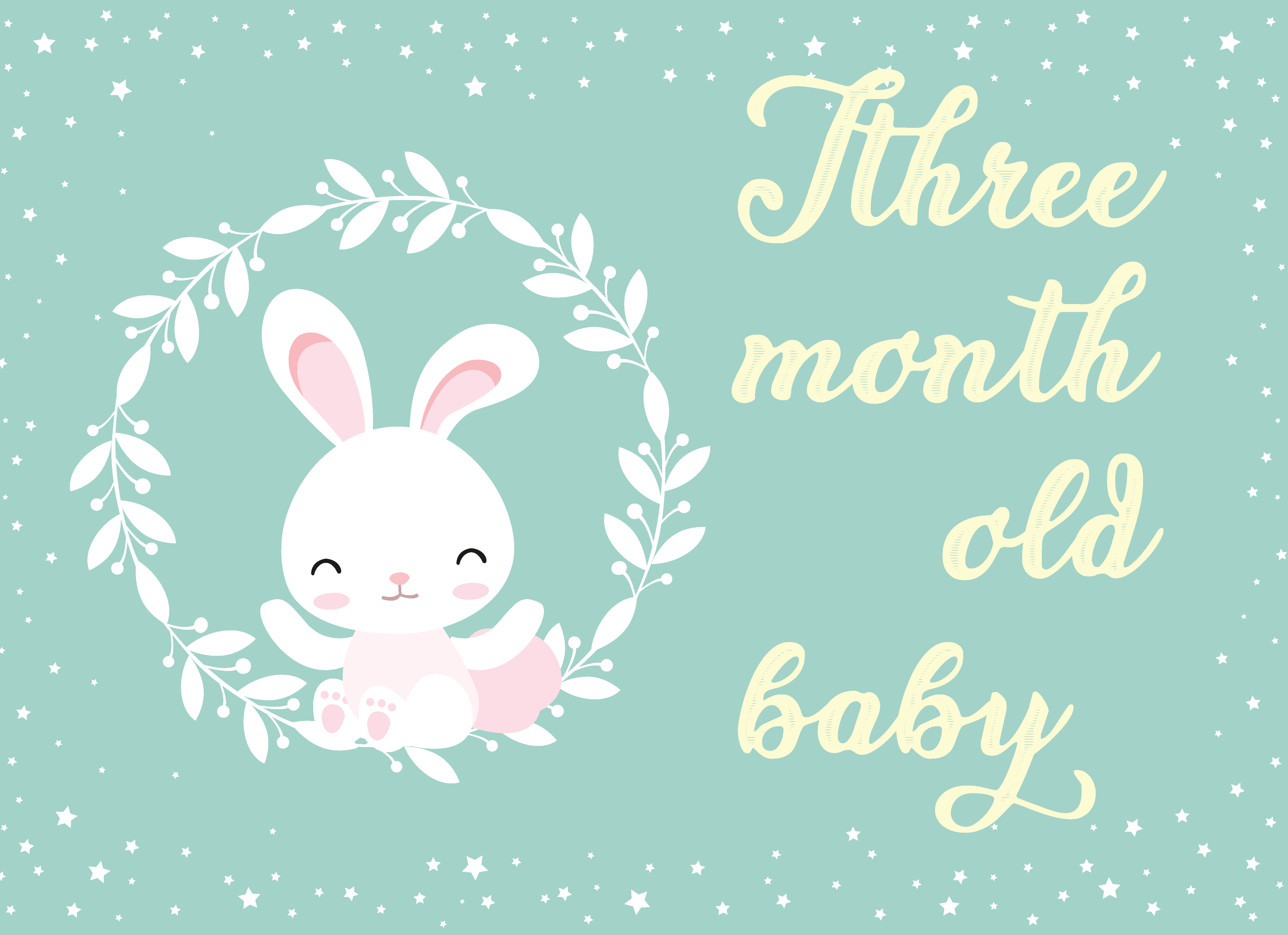

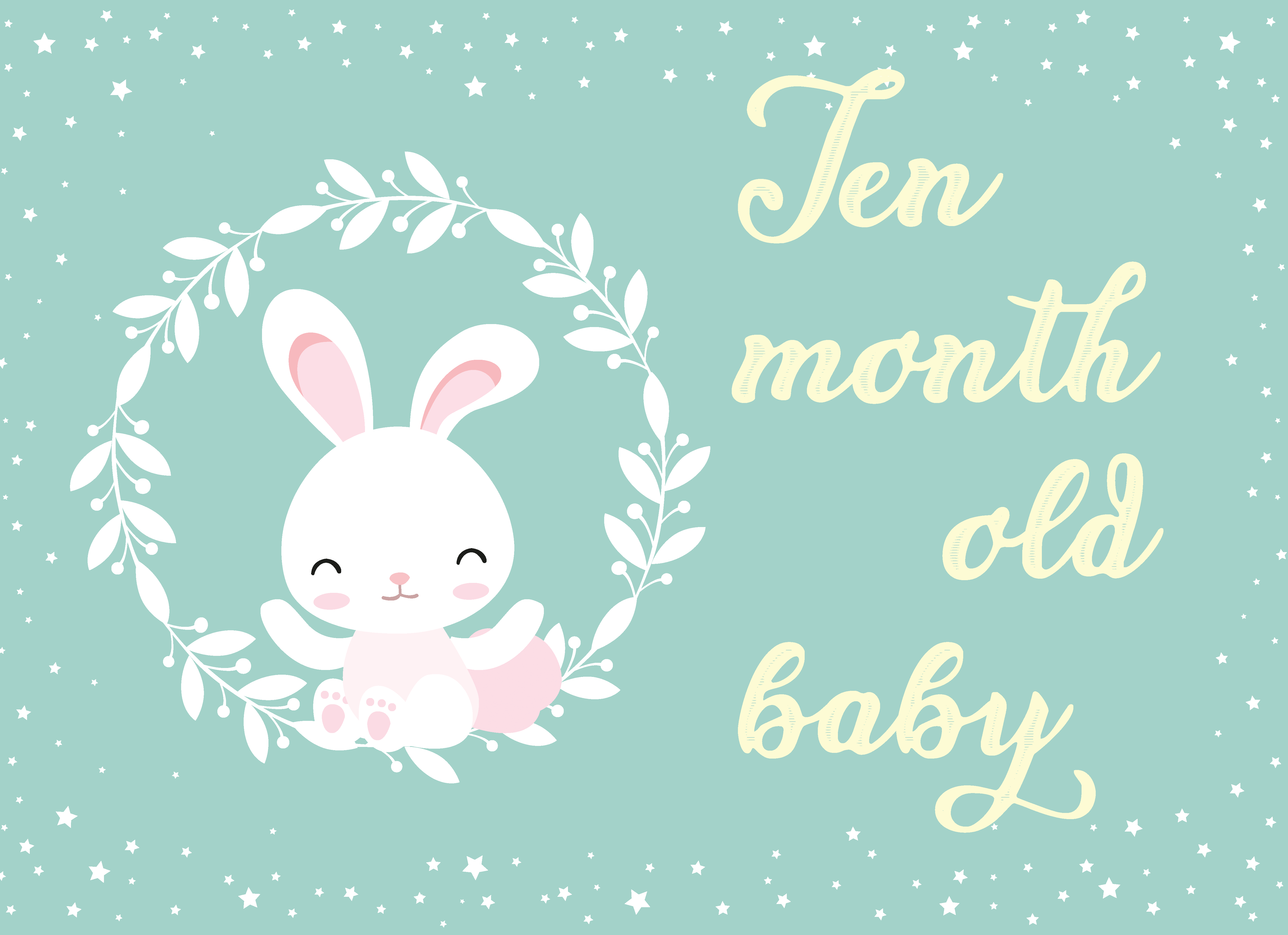
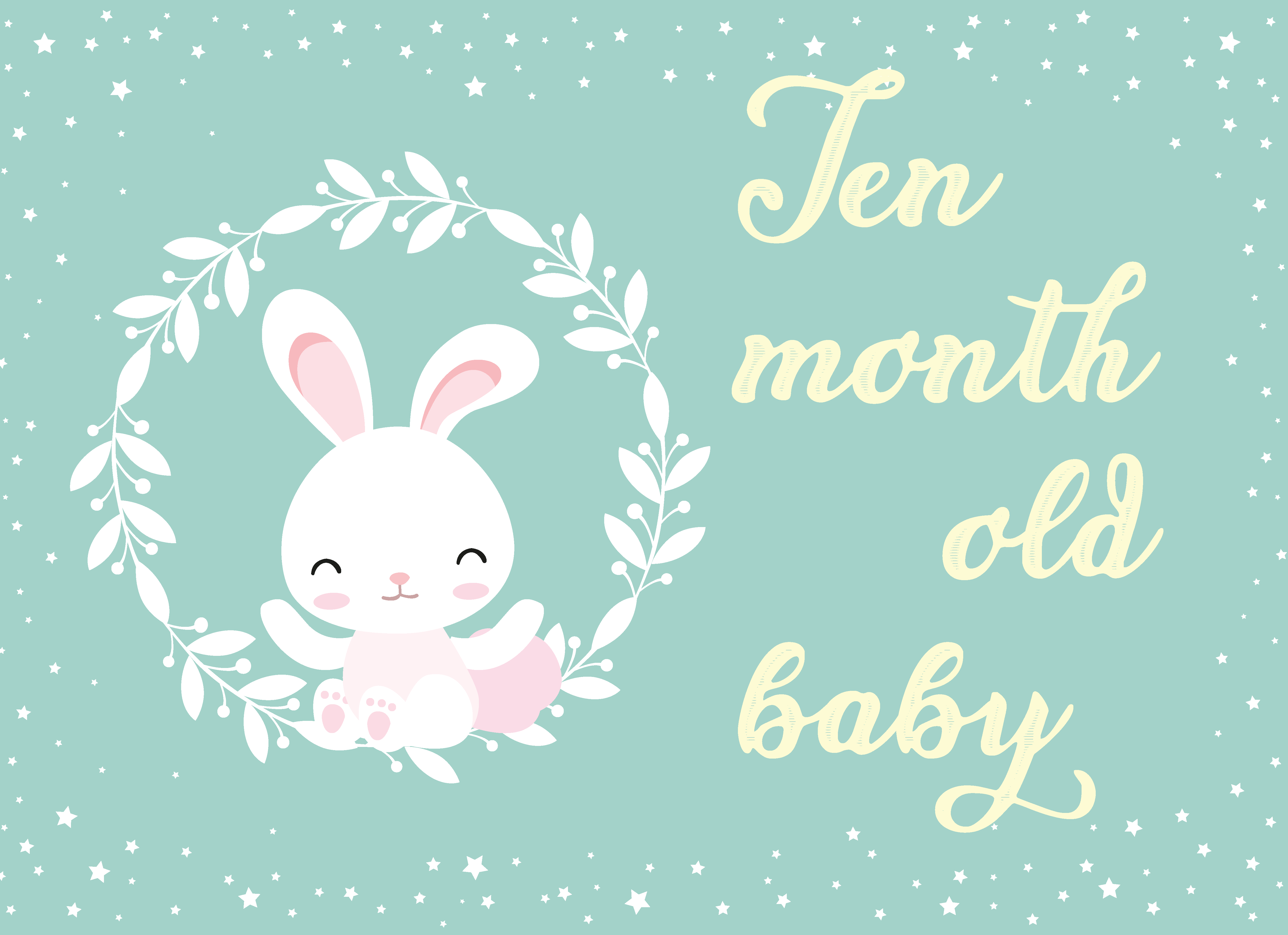

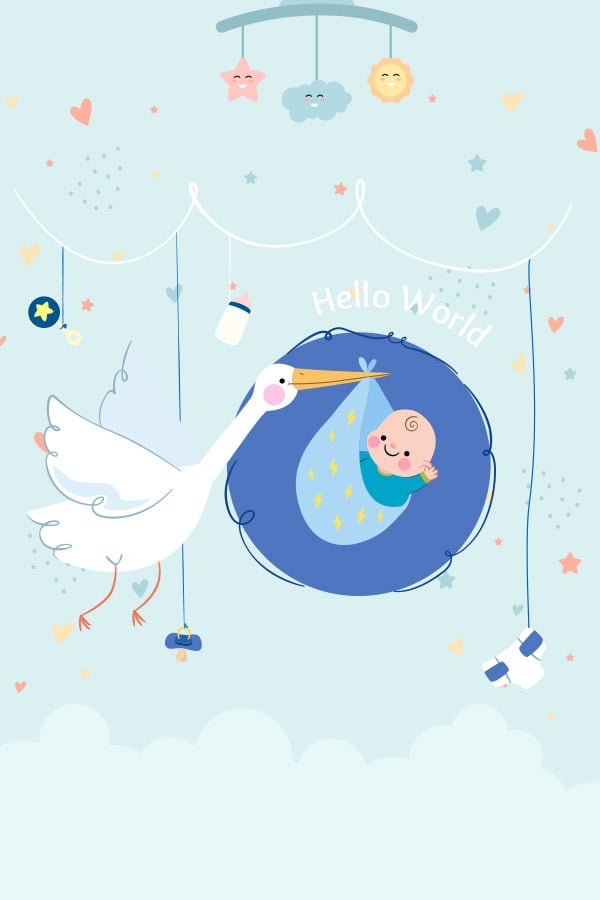
Leave a Reply
View Comments